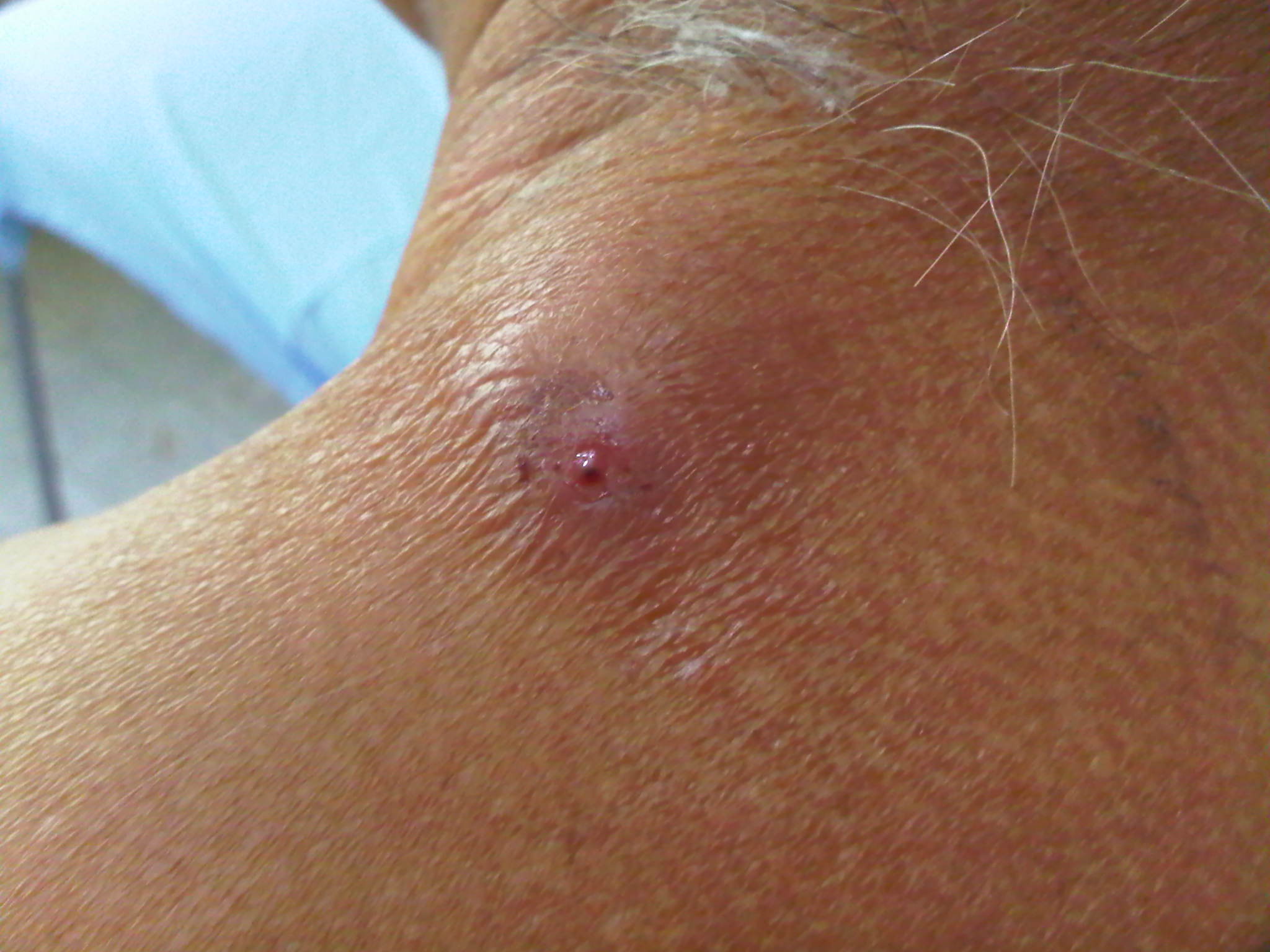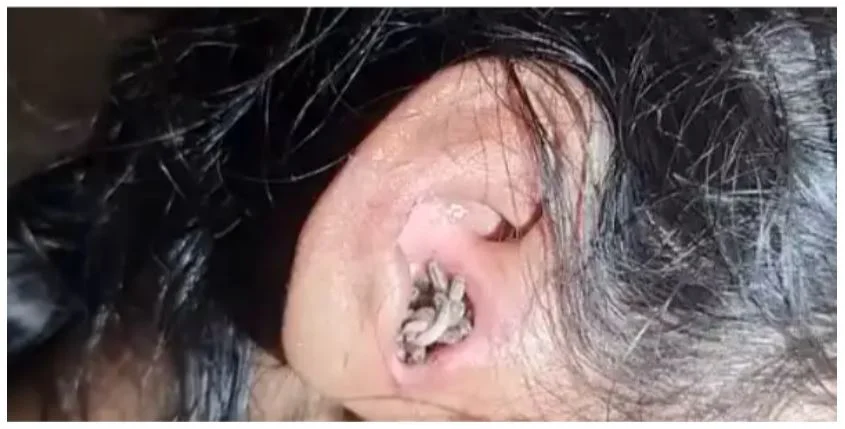Aural myiasis, characterized by the presence of maggots in the ear canal, is a rare condition primarily seen in tropical and subtropical regions. This phenomenon occurs when fly larvae, typically from the Lucilia or Calliphora species, invade the ear, often taking advantage of individuals with poor hygiene, untreated wounds, or compromised health conditions.
Symptoms of Aural Myiasis
Individuals suffering from aural myiasis may experience a variety of distressing symptoms, including:
Ear Pain and Discomfort: Persistent pain often arises from irritation caused by the larvae.

- Hearing Loss: The presence of maggots can obstruct the ear canal, leading to temporary hearing impairment.
- Sensation of Movement: Many report a disturbing feeling of movement within the ear, as the larvae wriggle.
- Foul-Smelling Discharge: A strong, unpleasant odor may emanate from the ear, typically due to necrotic tissue and the larvae themselves.
- Itching and Irritation: The invasion can lead to significant itching and discomfort in the affected area.
Treatment for Aural Myiasis
Prompt medical intervention is crucial to prevent complications associated with aural myiasis. Treatment typically involves several steps:

- Manual Removal of Maggots: A healthcare professional will carefully extract the larvae using specialized instruments, ensuring minimal damage to the ear canal.
- Cleaning and Disinfection: The ear canal will be thoroughly cleaned and disinfected to eliminate any remaining debris and reduce the risk of infection.
- Medications: Antibiotics may be prescribed to prevent bacterial infections, while anti-parasitic treatments can help eradicate any residual larvae.
- Surgical Intervention (in severe cases): If the infestation has caused significant damage to the ear structure or if maggots are deeply embedded, surgical intervention might be necessary.
Importance of Seeking Medical Attention
If a person suspects they have maggots in their ear, it is vital to seek immediate medical care. Early intervention can prevent serious complications, including potential hearing loss and secondary infections.
Beta feature
Beta feature
Beta feature
